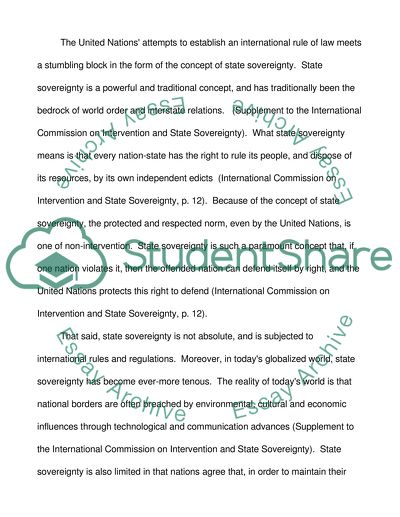Cite this document
(“International law Essay Example | Topics and Well Written Essays - 3000 words - 1”, n.d.)
International law Essay Example | Topics and Well Written Essays - 3000 words - 1. Retrieved from https://studentshare.org/law/1440835-a-system-of-international-law-which-would-ensure-a
International law Essay Example | Topics and Well Written Essays - 3000 words - 1. Retrieved from https://studentshare.org/law/1440835-a-system-of-international-law-which-would-ensure-a
(International Law Essay Example | Topics and Well Written Essays - 3000 Words - 1)
International Law Essay Example | Topics and Well Written Essays - 3000 Words - 1. https://studentshare.org/law/1440835-a-system-of-international-law-which-would-ensure-a.
International Law Essay Example | Topics and Well Written Essays - 3000 Words - 1. https://studentshare.org/law/1440835-a-system-of-international-law-which-would-ensure-a.
“International Law Essay Example | Topics and Well Written Essays - 3000 Words - 1”, n.d. https://studentshare.org/law/1440835-a-system-of-international-law-which-would-ensure-a.


